#BROCHURE DESIGN
Explore tagged Tumblr posts
Text
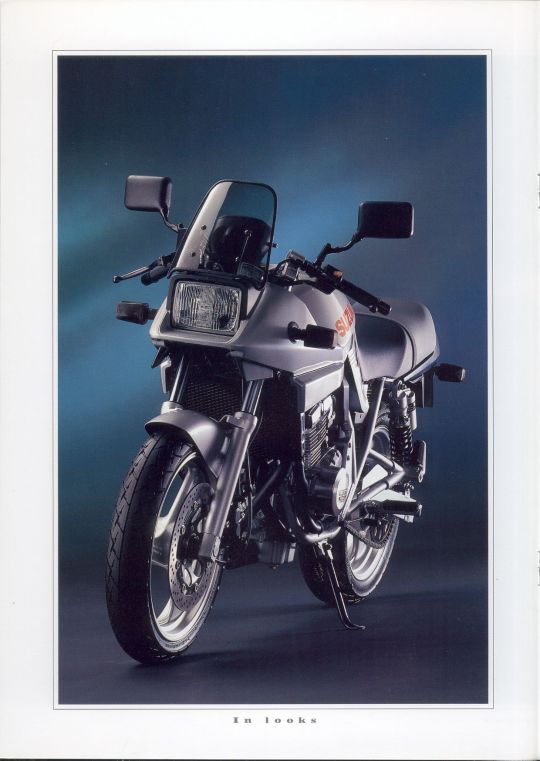
1992 Suzuki GSX250S Katana
#motorcycle#1992#suzuki#gsx250s#katana#sport bike#racing#motorsports#ride hard or go home#built for speed#experience speed#brochure design#japanese#classic motorcycle#please reblog#moto love#lifestyle
11 notes
·
View notes
Text
Landing page. . .
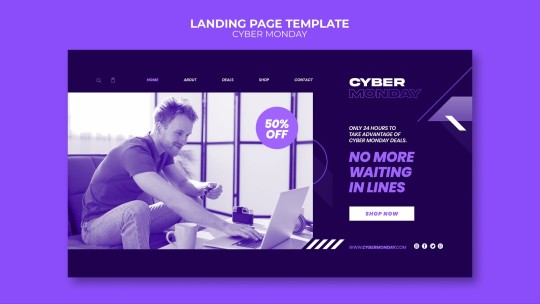
#banner design#brochure design#book cover design#booklet design#ad design#graphic design#business card design#character design#calendar design#corporate design#usa#uk#canada#australia
3 notes
·
View notes
Text
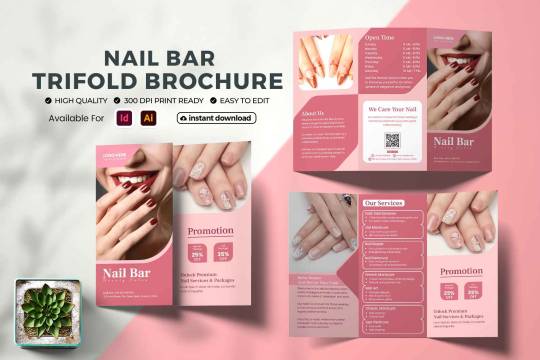
A Nail Salon Brochure Tri-Fold Template is a professionally designed marketing tool that helps nail salons showcase their services, pricing, and promotions in an eye-catching, organized format. With easy-to-edit templates, salon owners can create visually appealing brochures that attract new clients, enhance brand image, and boost business visibility.
#nail art#nails#beauty salon#beautyproductbrochure#salon and spa#salon nail#trifold brochure#brochure template#brochure design#magazine template#template design
3 notes
·
View notes
Text
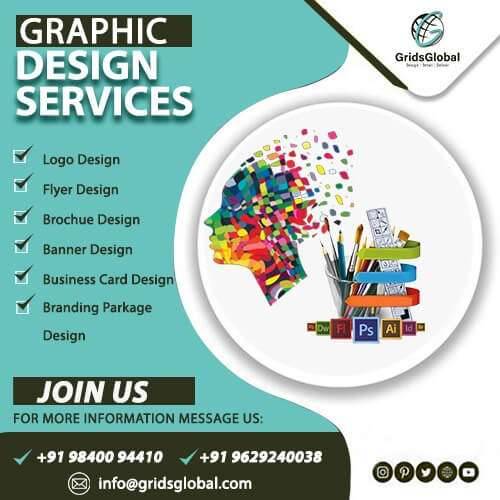
2 notes
·
View notes
Text
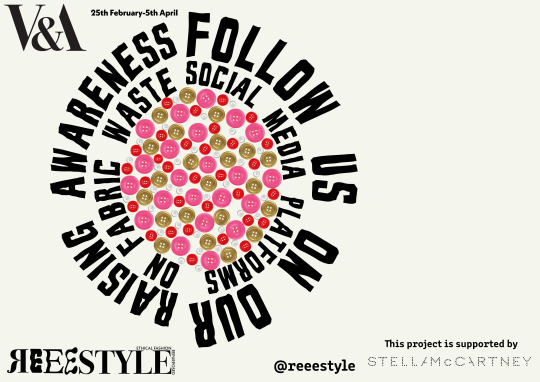


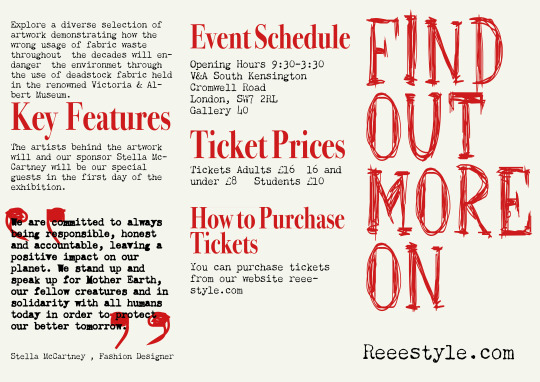
Brochure spread for an exhibition about fast fashion
#uni-project
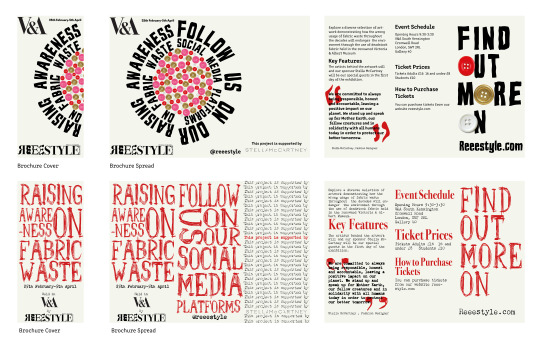
#graphic design#poster design#artists on tumblr#adobe illustrator#poster art#brochure#brochure design#brochure printing
6 notes
·
View notes
Text
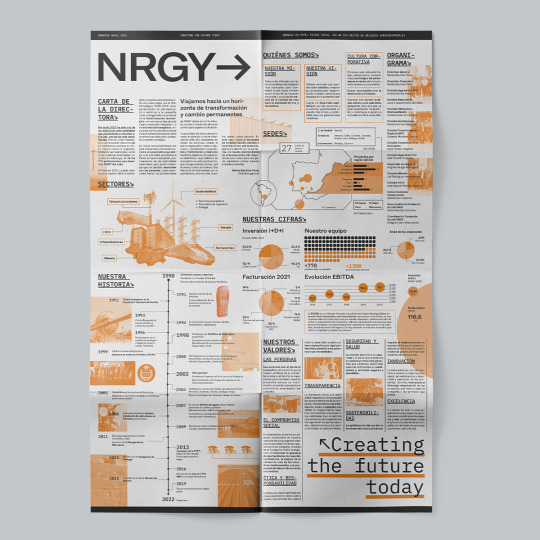
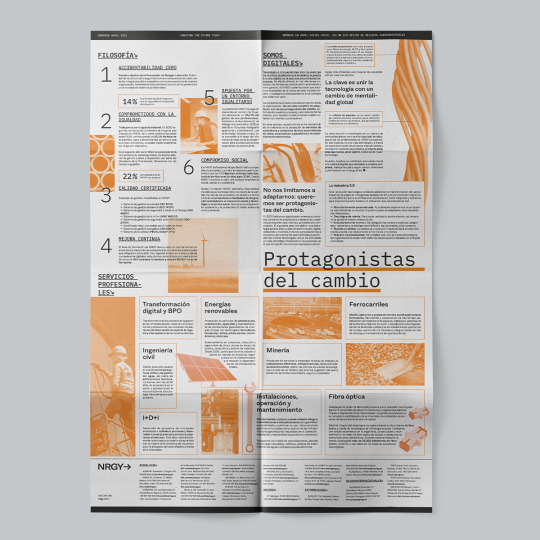
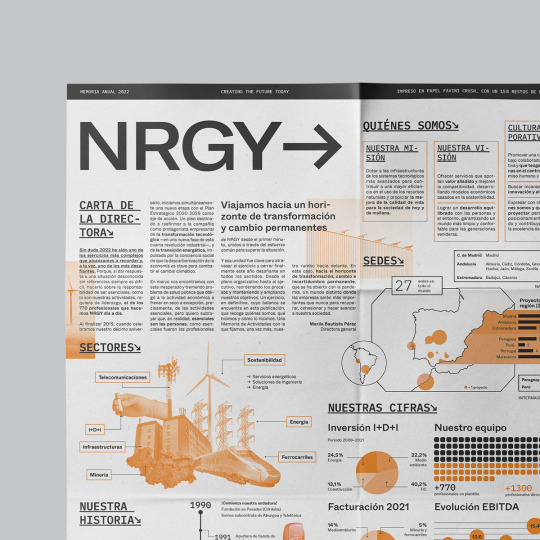
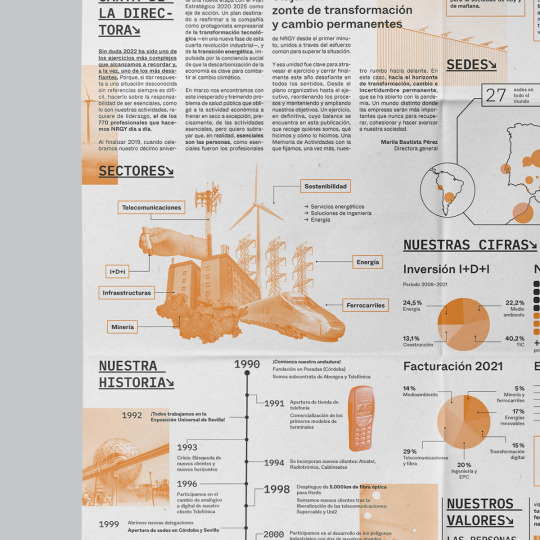
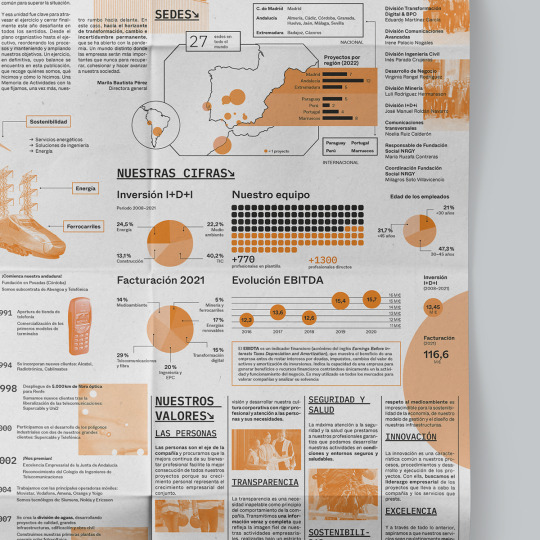
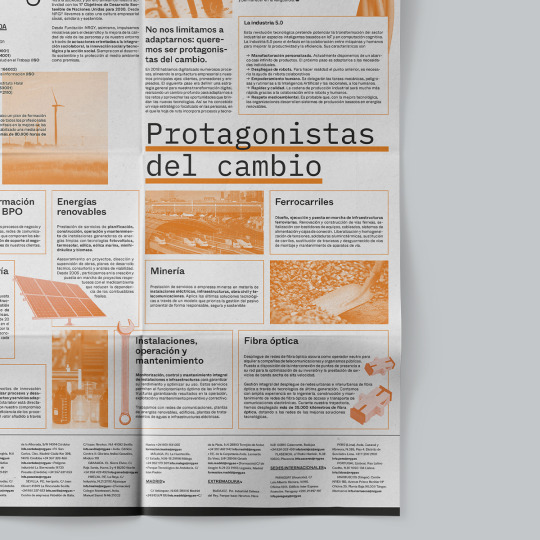
La Hauss. Máster Online en Diseño Editorial 2021-22. Diseño de folleto desplegable para memoria anual de NRGY. Proyecto de Ana Carmen González Brenes.
#diseño editorial#diseño editorial online#brochure design#Ana Brenes#editorial design#retícula#maqueta#memoria NRGY#diseño de folletos#brochure#NRGY#La Hauss#lahauss
5 notes
·
View notes
Text
9 Types of Brochure Designs
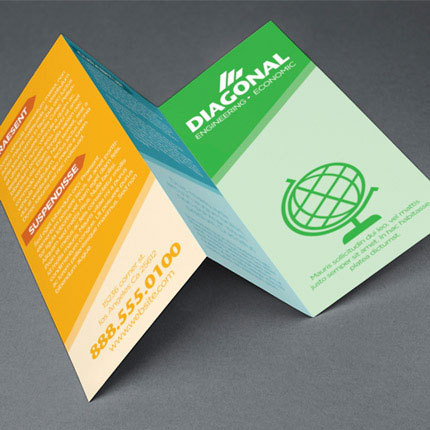
Introduction:
Brouchers are promotional documents used by companies to introduce their products and services to their customers by providing simple information about them. The more attractive and vibrant a flyer and brochure is the more effective it would attract potential customers.
Brochures are ideal for promotions of restaurants, spas or any kind of business. For successful marketing, the quality of material used for the brochure must be up to the mark. Along with the material, high-quality printing is also necessary.
In this article, we are going to learn about 9 types of brochures that are used by businesses more often.
Types of Brochures:
Gatefold: The gatefold brochure is folded in such a way that the two outer panels fold inward to meet at the centre, creating a gate-like appearance. Gatefold is ideal for brochures with impactful visuals or those that tell a story in a sequence. Often used for product launches, event promotions, or high-end services.
Bi-Fold: A bi-fold brochure is folded in half, creating two equal panels. It’s a simple and common fold that provides a front and back cover, along with ample space for content on the inside. It’s commonly employed for informational brochures, menus, or event programs. The straightforward layout is effective for presenting key information with a clear front and back.
Trifold: A trifold brochure is folded into three equal sections, with the outer sections folding inward to cover the central panel. This type of Brochure is excellent for organizing information into distinct sections. Frequently used for travel brochures, educational materials, or promotional pamphlets where content can be compartmentalized.
Roll fold: In a roll fold, the panels are folded one after the other, creating a rolling effect. This type of brochure is suited for content-heavy brochures, such as annual reports or detailed product catalogues. The sequential unfolding maintains a logical flow, making it easy for readers to follow along.
Z Fold: The Z fold involves folding the paper into a zigzag pattern. The paper opens up like an accordion, with alternating panels visible. It’s very effective for presenting step-by-step information or creating a visual timeline. Frequently used for instructional guides, event timelines, or any content that benefits from a sequential unfolding.
French Fold: The French fold involves folding the paper in half horizontally and then vertically. This creates four panels, with the outer panels being half the size of the inner panels. This fold is often used for artistic or high-end promotional materials. The larger outer panels provide a canvas for impactful visuals, while the inner panels can house detailed information or a narrative.
Accordion fold: Similar to the Z fold, the accordion fold involves multiple parallel folds. However, all the panels in an accordion fold are the same size, creating a continuous, accordion-like effect when the brochure is opened. It is suitable for conveying a mix of visuals and text, it is popular for brochures with diverse content, such as product features or service offerings.
Half Fold: A half-fold is a simple fold where the paper is folded in half, resulting in two equal-sized panels. This basic fold is often used for event invitations, basic product information, or introductory company profiles where brevity is key. This basic fold brochure is quick and easy for conveying essential information.
Double Parallel Fold: In a double parallel fold, the paper is folded in half and then folded in half again parallel to the first fold. This creates four equal-sized panels, offering a compact format with organized sections for content. This type of fold is efficient for organizing content into four distinct sections. Well-suited for brochures where each panel represents a different aspect of a product or service.
Conclusion:
In conclusion, the art of brochure folding is a nuanced aspect of design that significantly influences how information is presented and perceived. Each design serves a distinct purpose, offering a unique canvas for content creators to convey their messages effectively. From the dramatic presentation of a Gatefold to the organized sections of a Trifold, and the artistic flair of a French Fold, the choice of fold plays a crucial role in capturing the attention and engagement of the audience.
Contact Shayona Printing for any type of brochure design that you require. We are happy to help you. For the best business printing services near Corona CA contact Shayona Printing.
#brochure#brochure design#brochure printing#marketing materials#printing company#printing services#shayona printing#printing industry
3 notes
·
View notes
Photo

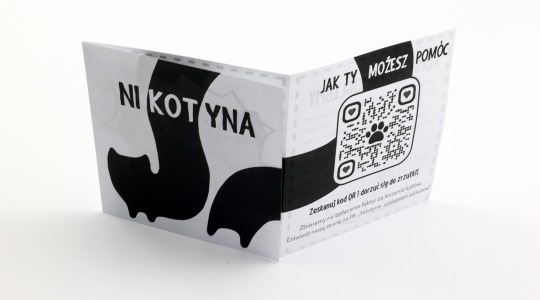
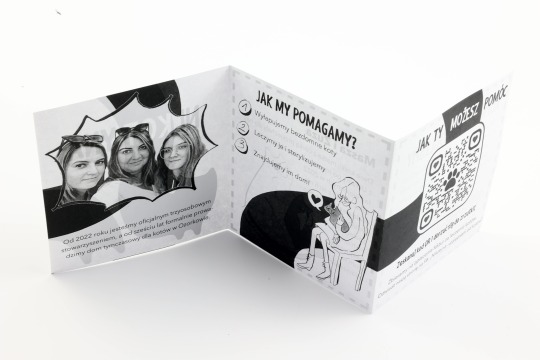
here is a project i did a while ago for my friend who is running a cat helping organization and provides them with a temporary home, its a big ass improvisation since it has been my debut with making something you actually print, but it did not turn out half bad.
8 notes
·
View notes
Text
brochure designs company in delhi

Welcome to Sikaria Tech, Delhi's design powerhouse, where creativity meets innovation. At Sikaria Tech, we specialize in crafting exceptional brochure designs company in delhi that elevate your brand's identity. Our expert team is committed to delivering visually stunning and strategically aligned designs tailored to your unique vision. From corporate brochures to product catalogs, we offer a diverse portfolio that spans industries.
What sets Sikaria Tech apart is our commitment to creative brilliance, cutting-edge technology, and a client-centric approach. We collaborate closely with you, ensuring a transparent and enjoyable design journey. Embrace the digital age with our interactive digital brochure designs or make a lasting impression at events with our professionally crafted collateral.
Transform your brand with Sikaria Tech – where every design is a masterpiece. Contact us today and let's bring your vision to life.
2 notes
·
View notes
Text
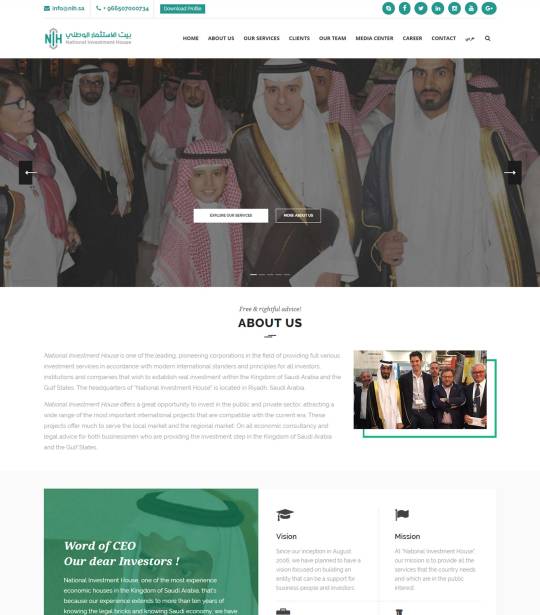
Top Ai Powered websites for custom brochure designs in India
Top 10 websites...
1 note
·
View note
Text

This is a double page spread taken from a look book brochure that I designed for Beach SeventySix to promote their latest collection of socially conscious sustainable swimwear. The brief was to utilise great graphic design to create a look book brochure that had a contemporary modern feel to it. Using the great photography at scale and pairing them with a modern sans serif typeface.
#design#designer#graphic design#graphic designer#visual design#visual designer#creative design#creative designer#print design#print designer#layout design#layout designer#brochure design#brochure designer#branding#brand identity#logo design#logo designer
0 notes
Text

Virtual + Print Brochure Design TCCD Trinity River Campus Behavioral Sciences Dept. 06 ∘ 2023 Adobe InDesign + Illustrator Full spread below.


0 notes
Text
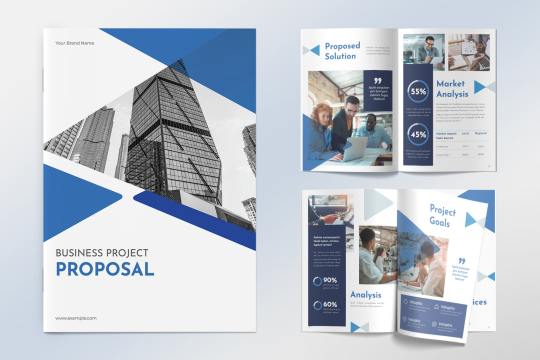
Project Proposal Template
A project proposal guarantees that all stakeholders are aware of the project’s scope and advantages by offering a road map for its goals, objectives, schedule, and expenses.
Why Is a Project Proposal Important?
Clarifies the Project Vision: A proposal helps define the project’s purpose and goals, aligning stakeholders on the vision and the steps needed to achieve it.
Secures Funding and Resources: Whether you are pitching to investors, government agencies, or internal leadership, a well-crafted proposal is key to securing the financial and human resources needed to carry out the project.
Guides the Execution: Once approved, the proposal acts as a blueprint that guides the execution phase, helping ensure the project stays on track.
Sets Expectations: A project proposal sets realistic expectations for timelines, costs, and deliverables. This helps avoid misunderstandings and scope creep during execution.
Final Thoughts
A well-written project proposal aids in obtaining funds and approval in addition to offering clarity. You can make sure that every important detail is covered and presented in a polished way by adhering to an organized template. Never forget to tailor the proposal to the audience’s particular requirements, whether they are internal stakeholders, clients, or investors. A strong, well-structured proposal can make the difference between a project that succeeds and one that fails.
#project proposal#business proposal#business startups#proposal template#brochure template#brochure design#print template#template design#graphypix#agency
2 notes
·
View notes
Text
Company profile design is focused on the provision of high quality brochure designs and leaflet design services that best suit and represent your brand. Being a creative brochure design company, we ensure production of captivating brochures that engage and impress the audience. Our institutional brochure designers are specialized in corporate brochure design which is why we ensure your brochure is professionally designed to fit your specifications and needs.

We assist our clients in communicating their business and marketing objectives, be it through a no-frills corporate brochure design or a captivating marketing brochure design. As a holistic service provider, we offer you these insighting and ad agency services to help you reach your customers.

Being a top brochure design agency, we ensure that we are with you at every step of the design process so that your ideas come to fruition. Our clients’ needs for impactful and creative brochure designs have made us their preferred partner.
We can help you market your company effectively by making great brochures that help you reach your goals - partner with Company Profile Design today!
0 notes
Text
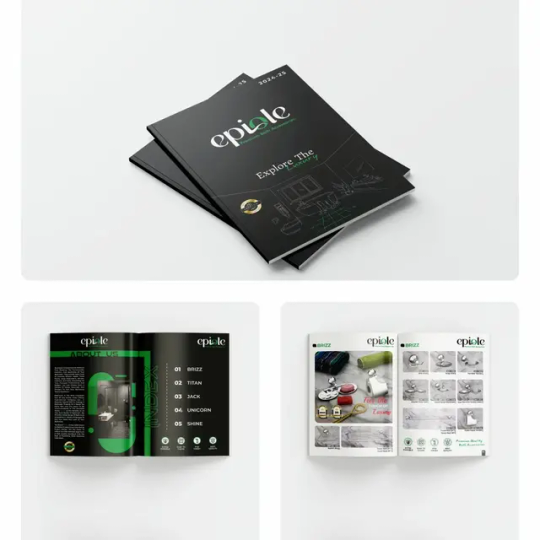
Brochure Design Company India
A professionally designed brochure is not just a marketing tool—it’s a visual storyteller that can elevate your brand and captivate your audience. At Hexon Branding, we specialize in crafting eye-catching Logo design india, impactful brochures that showcase your brand and deliver your message with clarity and style.
1 note
·
View note